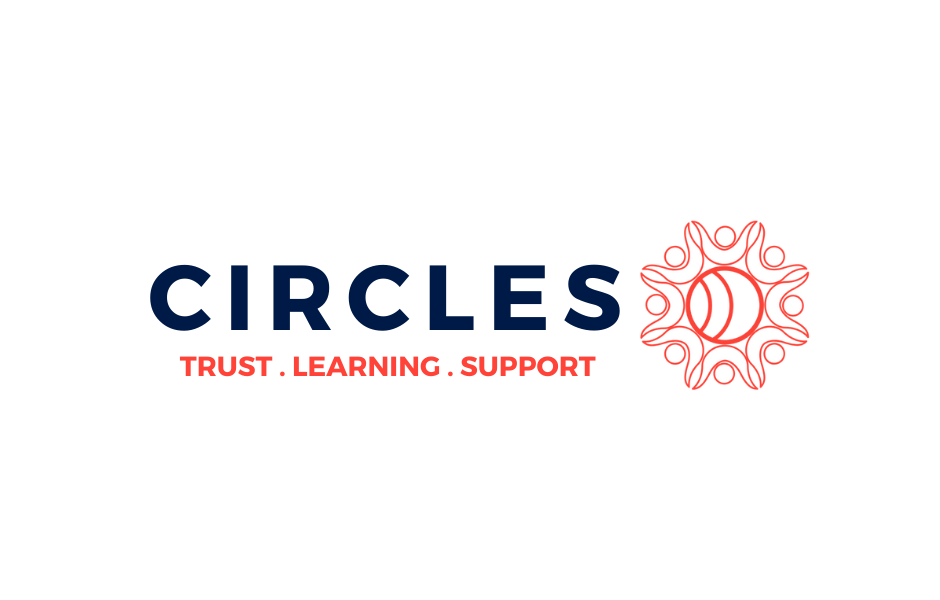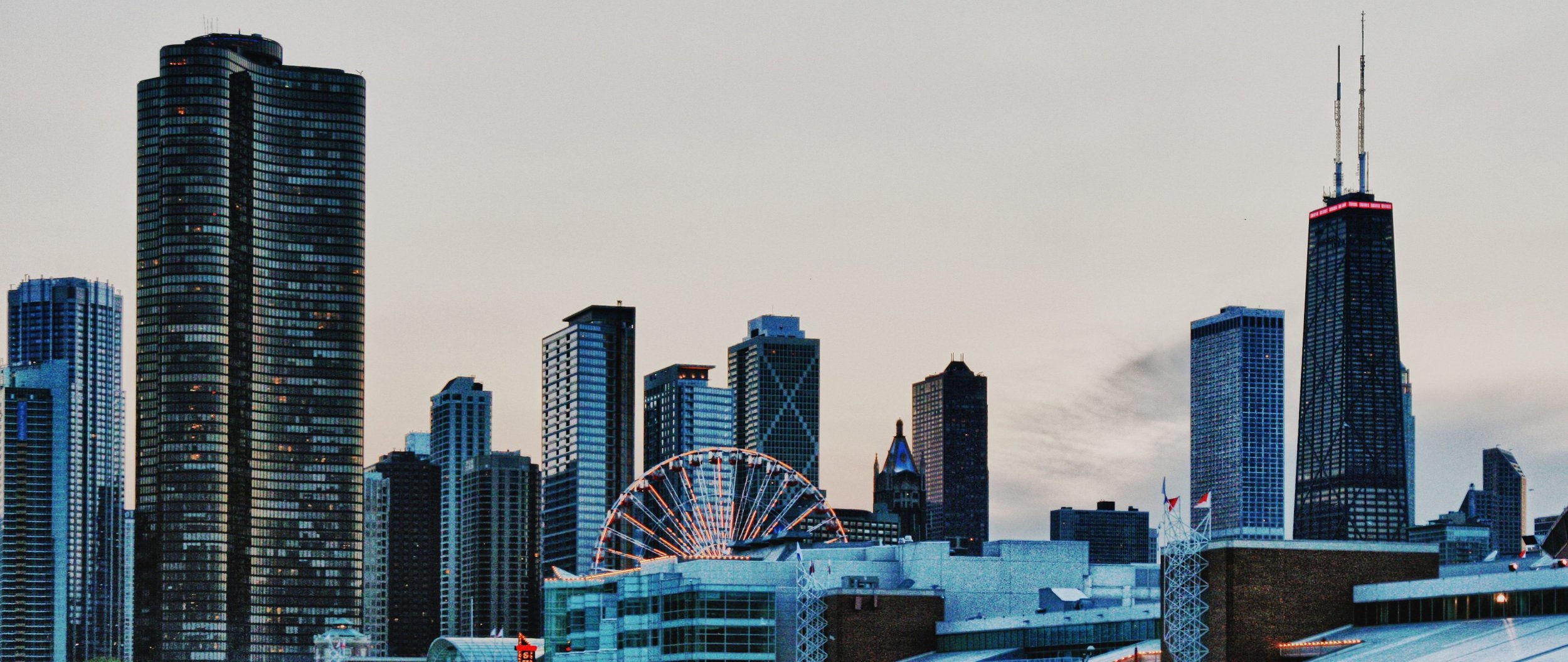Meaningful Forms
Senongo Akpem
Designer and Illustrator
Constructive
@senongo
This article first appeared in The Racism Issue of Change Agent.
The creative process is no stranger to the politics of bias, power, and race. Our culture of design at Constructive, a design agency in New York, reflects the way we approach these politics and how we try to design responsibly. Our studio is best when we can use our abilities as designers and creative people to address inequalities in our communities. Our focus is exclusively on design for social change organizations and nonprofits, many of whom have missions dedicated to racial justice and equality. Like them, our best work comes when we advance design that meets those lofty goals.
Different perspectives are a powerful force for positive change, and if we are going to overcome the complex racial and social challenges confronting our world, we must bring a variety of backgrounds, histories, and points of view to the design work we do. Michael Rock, in his essay“Can Designers be Socially Responsible,” calls this type of work “meaningful forms,” and I think that term captures our core values as a design studio perfectly. Inherent in the work we do is the possibility of creating meaningful change, but unfortunately there is also the potential to simply reinforce racial and social biases. The tension between those two possibilities means we need to develop methods for overcoming those biases and creating design work that is socially responsible.
I should know. I am a Nigerian working in the U.S. design industry. The 2017 AIGA Design Census revealed that 60% of design professionals identify as White, 10% as Asian, 8% as Hispanic, and 3% as Black. While times are certainly changing, it’s still common for me to be one of a few people of color in meetings where we discuss design strategies for our partners that are targeted at communities of color. I remember the social responsibility that designers have, and work actively to prioritize voices that define a better, more racially equitable design and interactive solutions for those communities.
Over 14 years of working as a designer, I’ve found a number of design methods that can help create more equitable solutions—ones that have longevity because they have been rigorously matched to audience needs. These methods help me think responsibly about what I am creating, forcing a focus on socially meaningful solutions for the mission-driven organizations Constructive works with. Here are four ways we can reduce the amount of bias in our design decisions.
Listen to Diverse Feedback
Any good design process prioritizes a cycle of regular, honest feedback between our partners and our design studio. Listening to voices with diverse experiences and viewpoints on both sides allows us to address any implicit biases that creep into our work. In her paper “Devious Design,” Lindsay Poirier points out that designers need to rethink the dominant values in our design practices, and find ways to “intervene” in work that reinforces the status quo. That rethinking can only happen if we foster constant dialogue that highlights what parts of our brand and design experience can be better, and how to make that happen.
Some years back, Constructive partnered with an organization that works with some of the world’s largest nonprofits to solve critical environmental and social problems. Looking for a complete overhaul of its website and brand, the nonprofit came to us with a set of goals, one of which stood out immediately for the implicit bias it contained. One of its goals was to hire a more “diverse” staff, and the founder and leadership team saw a new website as key to achieving that goal.
As we started our content review and research into the nonprofit’s existing site, we found that the careers page prominently featured a photo and bio of one of the only people of color who worked there. As part of our feedback and review, we quickly pointed out how counterproductive that was. By visually reinforcing the fact that being a person of color at that company would mark you as being other or a special feature, rather than a part of a diverse, integrated team, it would have the exact opposite effect on its ability to hire and retain the types of staff it wanted. During our redesign of the organization’s site, we worked with the client on ways to show the staff as a functioning team with an increasingly diverse makeup. Images of the staff working together and having fun appeared across the site in places that job candidates would look, such as the About and Careers pages. Our feedback and rethinking of how to achieve the nonprofit’s goal allowed us to deliberately break away from the ineffective method of “featuring” diversity.
Create Flexible Archetypes
A key design method is the user persona—a set of audience archetypes that we use to guide our design decisions throughout a digital design project. They contain information on website users, such as their technical abilities, goals when visiting an app or site, and bio data like age, name, and location. All of this is a reliable, effective method for accurately describing various audiences and their needs, one which we can base different design solutions around.
These archetypes can be incredibly powerful, but they have the potential to be incredibly biased. They can reduce complex communities and motivations down to a few lines, and since they are created by designers, can be weighted toward answering the problems we want to solve, rather than the problems actual audiences have. Because of these unconscious ways that bias infects our thinking, user personas are only effective if we address our assumptions head-on.
Before we create any actual personas, the team at Constructive makes a list of the assumptions we have about our partner’s audiences. That becomes a list of things to look into, to challenge our“status quo” thinking. Let’s take a look at how this plays out, with an example of a client with a mission focused on social services for communities of color. The communications team may look at the organization’s web analytics, and see evening traffic to its site is approaching 50% on mobile devices. The staff concludes, partially correctly, that its core audience is only visiting the site from their phones while at home.
If this assumption makes it into one of our personas without being challenged, we may end up with an archetype defined as people who use a phone because they are too poor to pay for high-speed internet at home.As designers, our role is to challenge that assumption about communities of color, and the accompanying bias about financial security and technical ability. Instead, we must reframe the persona to focus on people’s internet usage patterns, rather than their finances. A wide cross-section of people have their phone as a primary web device, from salespeople to firefighters to home health aides, so the solutions we design for that persona will be much more flexible and widely applicable.
Implement Research Findings
Rethinking dominant racial biases and political assumptions means prioritizing research, and actually listening to people as they encounter problems. That focus on research means designers need to make complex decisions, experiment with content and interaction, and prototype our ideas. When faced with all of these research needs, we must battle the urge to “configure perfunctorily” to just get the work done without too much thought about the impact of what we are making.
During the start of a recent interactive design project with a large legal aid organization in New York City, we wanted to understand its clients’ experiences in critical, high-pressure legal situations. The lawyers took us to various courtrooms within the New York City State Court System—where a report by the Vera Institute found that in pretrial detention for misdemeanors, Blacks were 20% more likely than Whites to be detained, while Asians were 33% less likely. Over the course of a few days, our team—both designers and content strategists—got walk-throughs of the courtrooms and waiting areas, listening to the lawyers explain the dehumanization and callousness built into the legal system. As we listened to the lawyers’ experiences with this unjust system, we got more and more overwhelmed by the sheer amount of acronyms and legal jargon.
Back at the office, Quinn MacRorie, a Senior User Experience (UX) Designer at Constructive, used this firsthand experience to design a solution. She planned out a “Legal Terms” feature, allowing clients and visitors to get quick explanations of those difficult words in everyday language. Without those site visits, we wouldn’t have understood the almost mind-numbing confusion that New Yorkers are presented with while navigating the court system, and we would never have never been able to create the “Legal Terms” dictionary in response.
Define Flexible Design Systems
Design has been described as “strategy made visible.” It’s how we experience an organization’s strategic vision—online, in print, and in person. But these strategic goals are not static. In order to be effective stewards of our partners’ brands, we need to create guidelines—of image, of typography, of animation, and of experience—that give clear guidance on how to address issues of race and diversity. The design systems we put together, based on client missions and design goals, must be flexible instructions for visual and interactive methods that push for a more just future.
Last year, Constructive worked to define digital image guidelines for a foundation dedicated to ending child poverty and homelessness in America. These issues span race and gender, so our strategy was to show powerful images of the real, diverse America that is affected by these challenges. We created a set of folders—each one named for an issue area—and filled them with images of diverse groups of children and parents. These folders became a flexible, easily used image library, one that prioritized serious, authentic images of people across the country. A design system like this allowed our client’s visual language to flex and grow over time.
Designers have a responsibility to make choices that improve the world, choices that better the communities and people we are designing for. It is our responsibility, as creators and members of this society, to choose visual and interactive systems that strive for radical change and equity. This requires empathy and thoughtfulness, so that at every step of our process, we create culturally meaningful work. We can actively disrupt racial, political, and social biases by giving real thought to our research and design methods, giving us a clear view of how our work can affect that change.


